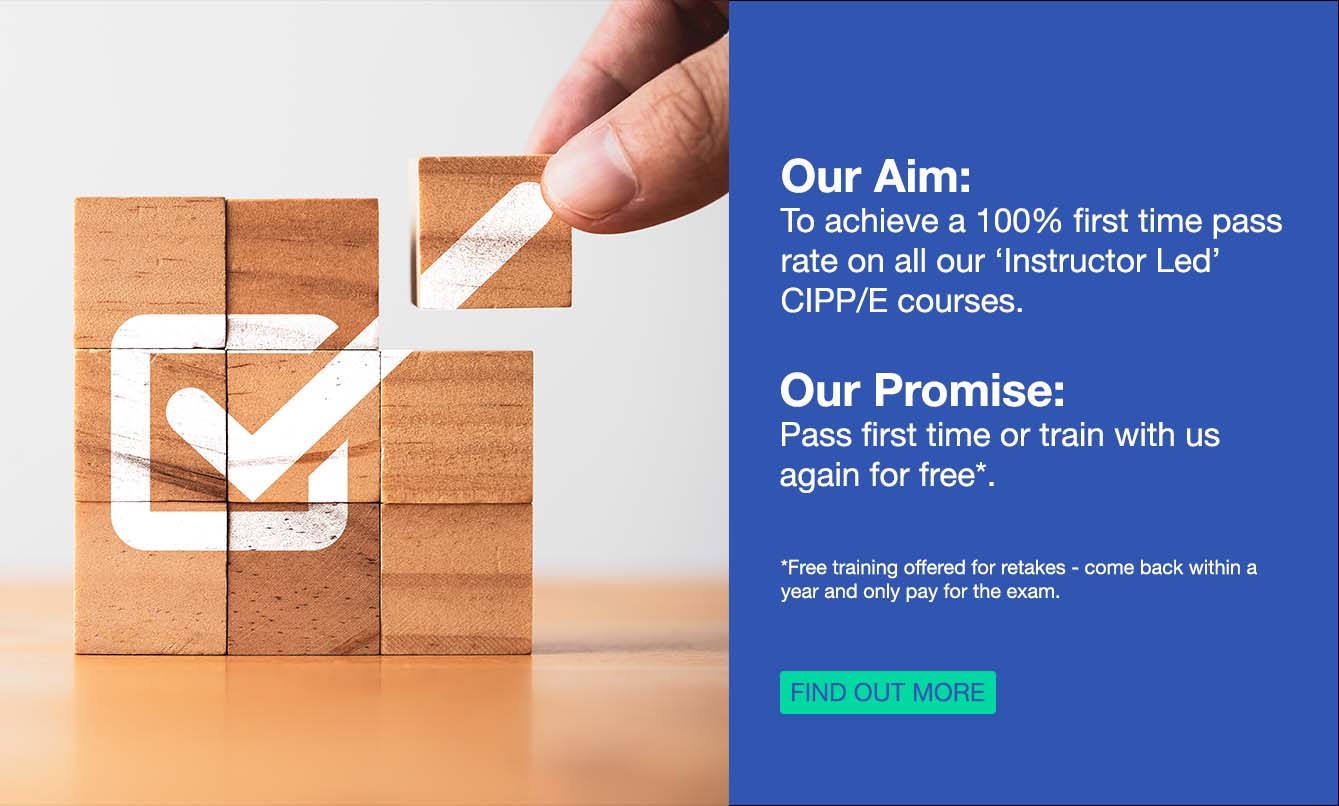Privacy Zuckering takes #1 place in our list of dark patterns. Users are tricked into publicly sharing more information about yourself than intended.
Have you ever been zuckered?
This dark pattern was named after Facebook CEO Mark Zuckerburg and refers to Facebook’s early privacy settings, which in general made it difficult for users to find and as a result made it easy for users to ‘overshare’ information, including profile photos, telephone numbers and more. Having a complex and often obscure Terms and Conditions and Privacy Policies, is another common method of getting users ‘zuckered’ into giving away their information towards different data brokerage industries, through a third party.
The practice of ‘zuckering’ is an infringement of the GDPR ‘Transparency’ Principle.








